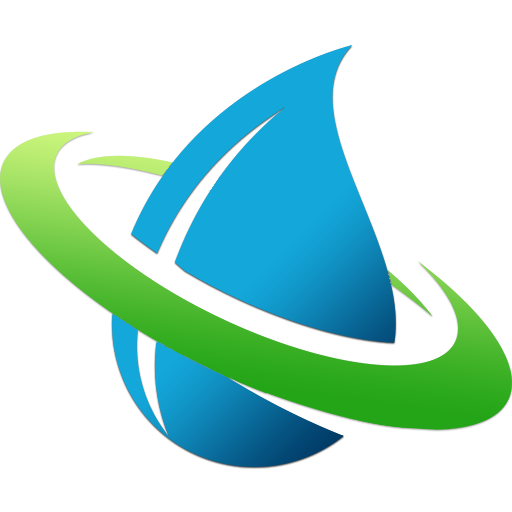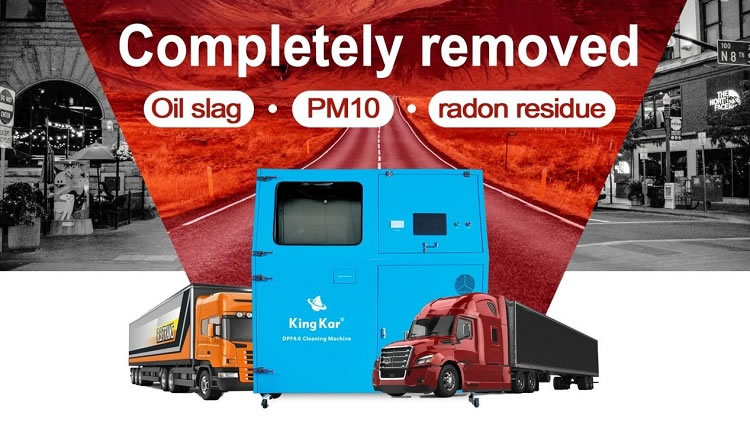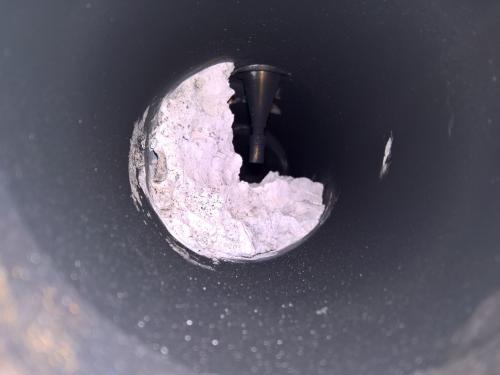1. Design: The first step in the production process of a DPF Cleaning Machine is the design phase. During this phase, the engineers and designers will create a prototype of the machine that meets the customer’s needs and specifications. This includes the size, shape, and features of the machine. The design phase also includes the selection of the materials that will be used in the construction of the machine.
2. Fabrication: Once the design phase is complete, the fabrication phase begins. During this phase, the components of the machine are cut, formed, and welded together. This includes the frame, the motor, the filters, and the other components. The fabrication phase also includes the assembly of the machine.
3. Testing: After the fabrication phase is complete, the machine is tested to ensure that it meets the customer’s specifications. This includes testing the machine’s performance, safety, and reliability. The testing phase also includes the calibration of the machine to ensure that it is operating correctly.
4. Finishing: After the testing phase is complete, the machine is ready for the finishing phase. During this phase, the machine is painted, polished, and inspected for any defects. The finishing phase also includes the installation of any additional components that may be required.
5. Packaging: After the finishing phase is complete, the machine is ready for packaging. During this phase, the machine is carefully packaged to ensure that it is protected during shipping. The packaging phase also includes the labeling of the machine with the customer’s information.
6. Shipping: After the packaging phase is complete, the machine is ready for shipping. During this phase, the machine is loaded onto a truck or other shipping vehicle and transported to the customer’s location. The shipping phase also includes the tracking of the machine to ensure that it arrives safely and on time.
7. Installation: After the machine arrives at the customer’s location, the installation phase begins. During this phase, the machine is installed and tested to ensure that it is operating correctly. The installation phase also includes the training of the customer’s personnel on how to use and maintain the machine.
8. Maintenance: After the installation phase is complete, the machine is ready for maintenance. During this phase, the machine is inspected and serviced to ensure that it is operating correctly. The maintenance phase also includes the replacement of any parts that may be worn or damaged.
9. Final Inspection: After the maintenance phase is complete, the machine is ready for the final inspection. During this phase, the machine is inspected to ensure that it meets the customer’s specifications. The final inspection phase also includes the testing of the machine to ensure that it is operating correctly.
10. Delivery: After the final inspection phase is complete, the machine is ready for delivery. During this phase, the machine is loaded onto a truck or other shipping vehicle and transported to the customer’s location. The delivery phase also includes the tracking of the machine to ensure that it arrives safely and on time.


